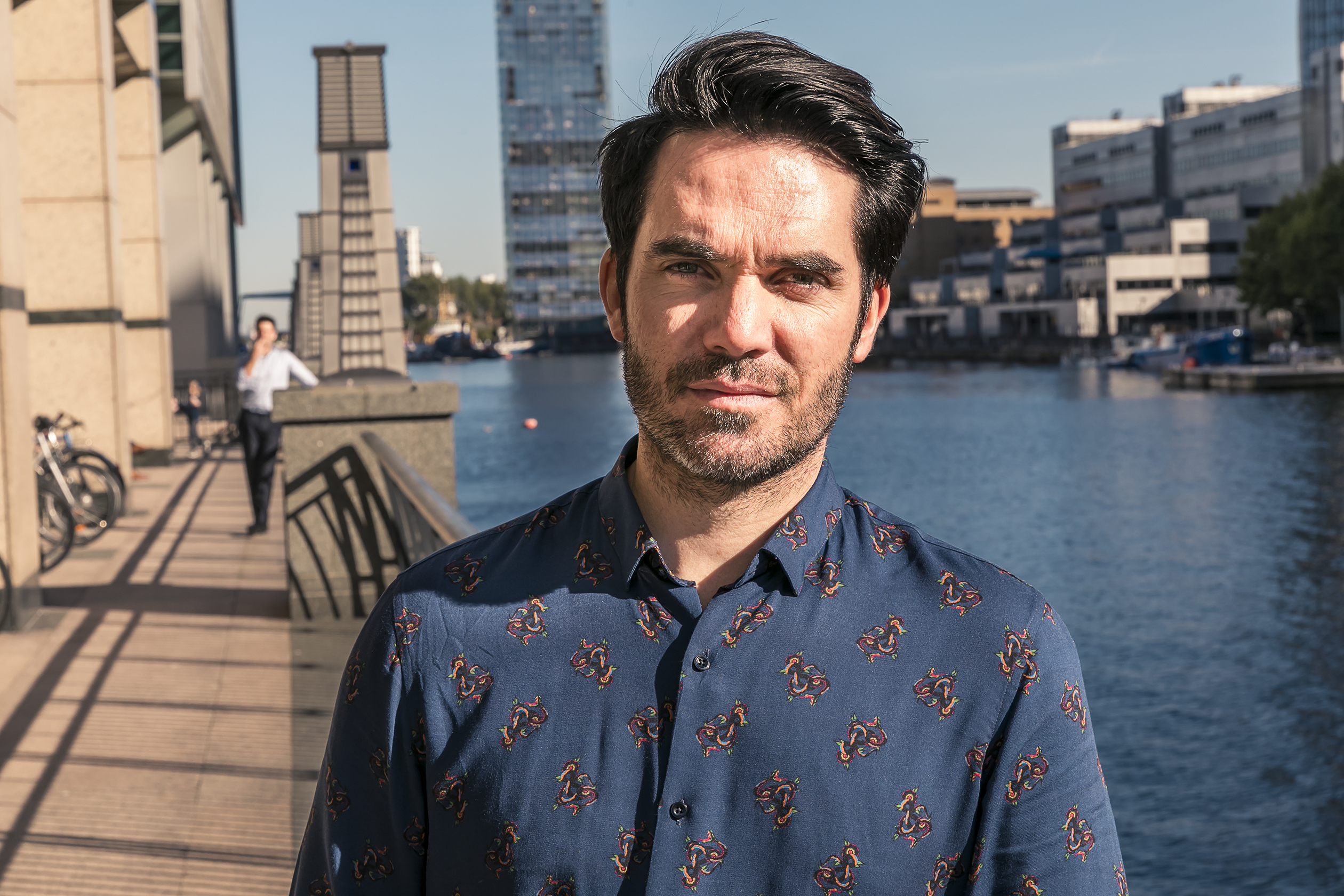How Not To Do An Agile Transformation
- Darren Emery

- Sep 5, 2023
- 3 min read
Updated: Apr 14
Many of the organisations agilicist are drafted into have already been through an “agile transformation”.
But they aren’t “transformed”.
Let me tell you a story.
Probably 80% of our clients have been through these big transformations already. Usually they have been led by one of the very large, and very famous consulting groups who sell with the A-Team and deliver with the D-Team (at A-Team prices).
These consultancies know all the theory, they say all the right things;
The client wants to deliver to market quicker.
“No problem, you need Agile”.
You need to:
Build cross functional teams
Organise these teams around the product
Build boards and visualise the work
Run Daily Stand-ups
Facilitate regular retrospectives
Measure the right things - cycle-time and throughput, etc
Your teams can even choose whether they want to use Scrum or Kanban - we’re agile now - we can self-organise!
Sounds great huh?
So what happens?
A 2 year Agile transformation project (see the irony here).
500 employees are all trained in basic agile
Everyone receives mindset training (because Agile is a mindset)
Scrum Masters and Product Owners are trained as agile is implemented team by team
Specialised training workshops take place
In the initial phase, all of this is supported by 12 external coaches who train and facilitate
But the organisation doesn’t want to rely on the big consultancy forever so they hire 10 Agile Coaches as FTEs to aid the transition.
The Results?
Great Success!

85% of the teams were “fully transformed”
The consultancy met the requirements.
Teams all trained in Agile
Teams are all working with boards
Teams are all doing stand-ups and retros
Teams are tracking their cycle-time and throughput
Collaboration and communication both improved. It was awesome.
Wasn’t it?
After a few months of “doing agile” the teams were happy, but the organisation wasn’t delivering value any quicker. In fact, the lead time for it’s projects was actually going up.
The Agile transformation delivered some great outputs, but it didn’t deliver the outcome the organisation really cared about - delivering value faster.
How did this happen? What was the cause?
Lack of End to End Flow
The agile transformation was mainly focussed on technology teams, but it wasn’t only the technology teams involved in delivering value. You had people up-stream talking to the customers and validating the strategy, and people downstream operationalising the technology delivery for customers. The flow was broken, they had optimised one part of the system which had led to a bigger bottleneck in other parts of the value stream which actually degraded the overall performance.
Dependencies and Insufficient Interactions
The transformation involved building cross functional teams and organising these teams around products. Unfortunately, tearing down functional silos didn’t end the silo problem. What they had now were cross-functional silos where each team focussed on their own objectives without much interaction with other teams. Dependencies were still a problem, they didn’t go away, there were still up-stream, down-stream and cross product dependencies and they weren’t being managed.
No Strategic Portfolio Management
There was portfolio management but this was based on an inflexible, traditional approach with each project managed independently with little visibility of the wider picture. Siloed senior leadership caused misalignment within the business functions and company strategy did not link to the work so there was no focus on the outcomes the organisation was looking to achieve.
Agile isn’t just about transforming the way your technology teams work, that’s only a small part of the puzzle, and if you only focus on the teams, you’re going to be pretty much as slow as before. Agile is a means to an end, it’s not the purpose. Becoming excellent at Scrum or Kanban or SAFe doesn’t achieve your business goal.
The big consultancies recommending a big (waterfall) agile transformation plan to help you reach your desired state either don’t understand this stuff, or they’re not being entirely transparent.
agilicist take a holistic, pragmatic approach. Start with your value creation process - how can you better deliver value to your customers? You’ll likely find you don’t need to rename functions, create new job roles, and restructure your entire organisation from the get go.




Comments